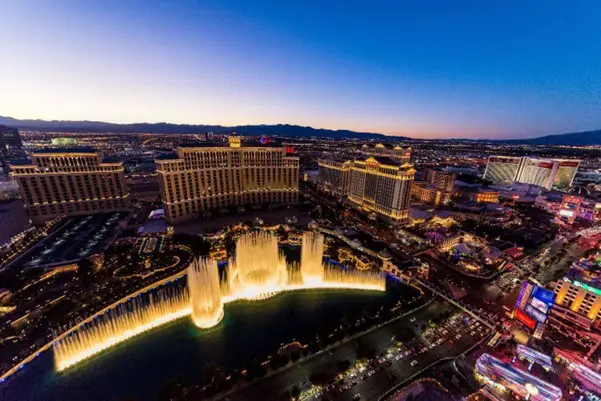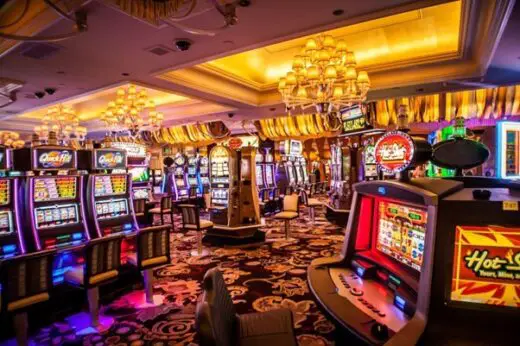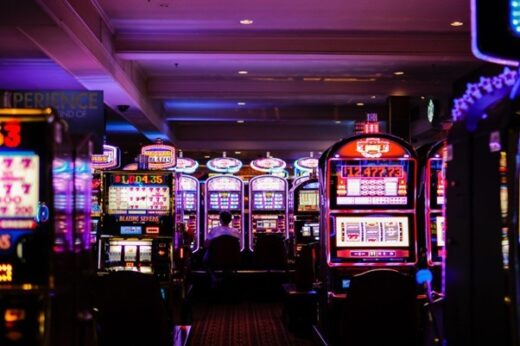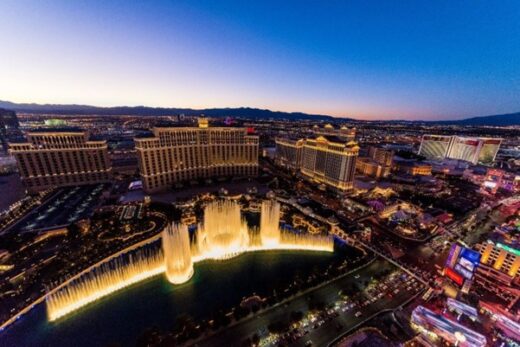Casino design psychology: top secrets guide, Online global gambling architecture design
Casino Design Psychology Top Secrets
6 July 2022
The design and color of the elements of any product are vital when it comes to selling it better. Casino games’ artistic, psychological, and subliminal aspects affect human beings similarly. After all, gambling uses psychological tricks and tactics to keep customers playing for as long as possible. Have a look at this sweet bonanza demo.
If you look closely at traditional casinos, you will find other strategies, such as the absence of windows and clocks on the walls so that players never know what time it is. However, there are proofs that visual stimuli can increase game time and boost bets according to factors as simple as the color of the elements.
Evolution of Casino Psychology and Architecture
Interior design is a creative activity based in the field of environmental psychology. Psychologists are responsible for analyzing the link between the various kinds of environments and how they can influence the behavior and sensations of a person within them.
This phenomenon is essential in casino lighting design in such a context. Different industry sectors and new casino buildings use environmental psychology as a commercial hook. Also, through design, you can reach the subconscious of the consumer.
Casino Architecture Secrets
When we think of casinos, the first image that comes to mind is the typical architecture with bright colored lights, music, cocktails, and lots of people having fun. How can they not be happy if they are making money in the best possible scenario? But is the decoration and layout of the casino organized haphazardly?
Bill Friedman, an American designer, used his experience to create a new look for the most famous casinos in the world in Vegas. His primary interest was to find out what factors encourage players to return to casinos and how to keep them in as long as possible at slots or table games. After studying some 80 casinos in the state of Nevada, he wrote his book “Designing Casinos To Dominate The Competition”.Friedman established the principles of casino building designs.
Labyrinthine Interior
Gamblers need to exchange chips for cash. Thus, they need to go to the counter. Now, the counters are intentionally placed in the depths of the room and are often tucked in so that you must go through machines, roulette, and other games. The good chances are that you will stay somewhere along the way, if not upon arrival, then at least upon departure.
Smaller Winding Passages
The same goes for passages or toilets. You will often, in search of them, see a table at which you might have not tried your luck before. It is also interesting that you will not see any arrows pointing to the exit.
Hidden Mirrors
The new design principles rely on hidden mirrors. You have probably seen them in movies when owners and operators oversee the hall without customers knowing someone monitors them. But, of course, this makes the biggest advantage to the owners, who can stop a dealer from dealing when the house starts losing.
Low Ceilings Without Windows or Clocks
Successful gambling operators never want their customers to be aware of the length of their stay. They also try not to distract gamblers. Instead, they need to keep them focused on the gameplay. Therefore, you won’t find any clocks on their walls or other indicators of the period of the day.
In addition, windows, if any, are darkened to significantly reduce daylight and the possibility of contact with the outside environment. These tactics are often used in shopping malls so that customers stay as long as possible, completely ignoring the period spent shopping.
Creating a New Playground Casino Design
The design principles mentioned above worked for many years, but the creators found a better way. Thanks to David Kranes, we now have the new design – “playgrounds”. You might expect it to be a variation on the previous system, but it’s not even close. In fact, “playground design” violates many of Friedman’s principles and uses some opposite concepts.
The new idea opens the space up, no longer looking like a maze where you can lose track. Instead, the new casino architecture relies on natural light and many decorations, making the most significant difference between the two concepts.
Online Casino Designing Secrets
Also, the creation of the casinos has led to an important advance in the design of web pages. More attractive pages by highlighting logos and fonts, using attractive colors, and meaningful phrases such as “Place your bet now” have made the success possible.
Because the online market lacks a physical presence, it tends to focus more on visual stimuli. Emotions are closely related to hues, and successful casino design focuses on avoiding depressive aspects. For this reason, most casinos use cool colors as little as possible, giving almost all the prominence warm tones. This is due to the fact that online casinos try to bring as many positive emotions as possible. The reviews of the best online casinos for Canadians highlight that these are the sites which have been created solely for the enjoyment of their users. Thus, they are trustworthy and reliable, for the players to gamble without any worries and with user-friendly interface.
The interface of any web portal dedicated to this entertainment, without a doubt, is gold. So, it is not surprising to consider the number of similarities between these colors. For example, people often associate golden things with money and gold with fortunes. In addition, popular slot machines often use cash register sounds, the jingling of coins, or directly use many drawings of stacked coins. Yellow, in addition to connotations of wealth, attracts much attention, and green in a slot machine is automatically related to everything going well.
Modern Casino Resort Architecture
The designers and casino management have always focused on the distribution of the slot machines, the poker tables, or the spaces reserved for the roulette wheels with higher bets. Depending on each player’s profile, they can expect a defined pattern in the route they will take from the moment they enter the door.
In this sense, the design of resort casinos may shortly be influenced by various trends. For example, the famous Argentinian architect Aldina Quintero is committed to designing casinos as friendly environments where gambling is not the main focus of attention. In this context, she believes that having within the facilities different spaces reserved for entertainment, such as shops, restaurants, theaters, pubs, bars, etc., is a factor to consider. Accordingly, such casino architecture encourages gamblers to spend more at gaming machines.
Likewise, a peculiarity that is taking place in Las Vegas is the construction of houses in adjoining areas, property of the casino owners. This way, the clients can enjoy a hotel room as a second home where they can quickly move to fun and games.
Casino Design Psychology Top Secrets Conclusion
A casino is not the only place where the designers are used to set a specific mood. Actually, all of them work to make any interior beneficial to its visitors in many different aspects. In short, the reactions of humans to colors are the same regardless of our culture. The brain has automatic responses we cannot control, and the designers know it.
Using environmental psychology is a top tool for the casino owners. They aim at creating an absolutely positive atmosphere, and this cannot be bad for the customers. If you are looking for a place to spend a good time, why not do it somewhere where everything is done specially for your relaxation.
Comments on this guide to casino design psychology: top secrets article are welcome
Casino Buildings
Casino Building Designs
5 most beautiful casino buildings in world
Casino Architecture Design Guide
Comments / photos for the Casino design psychology: top secrets advice page welcome








